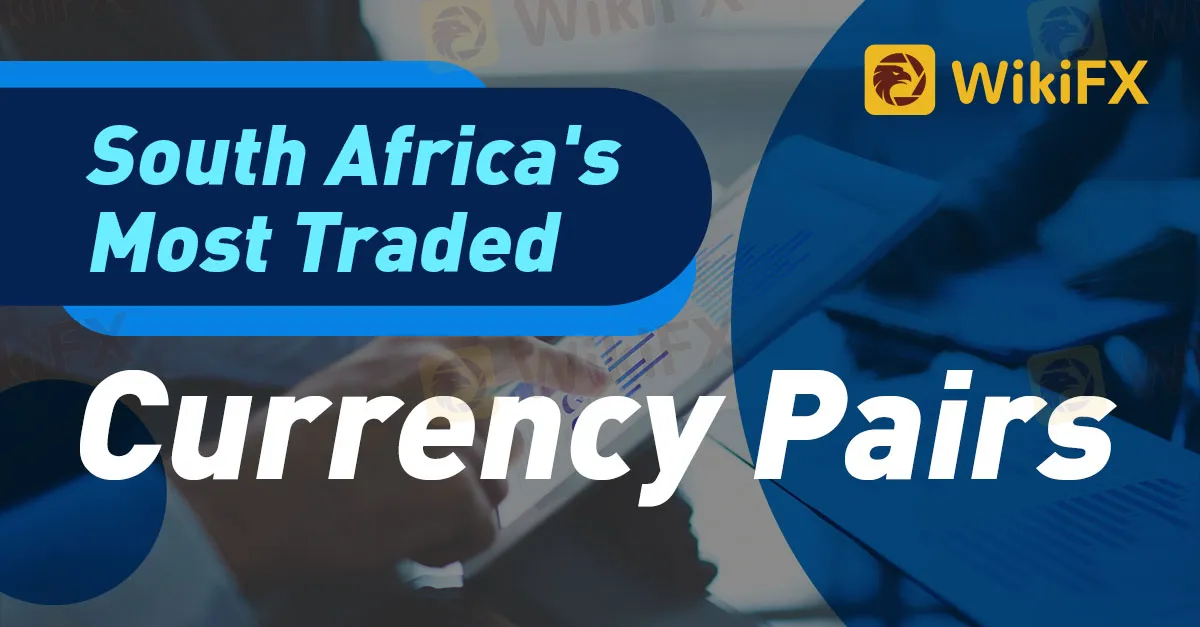简体中文
繁體中文
English
Pусский
日本語
ภาษาไทย
Tiếng Việt
Bahasa Indonesia
Español
हिन्दी
Filippiiniläinen
Français
Deutsch
Português
Türkçe
한국어
العربية
South Africa's Most Traded Currency Pairs
Abstract: When choosing the finest major currency pairings for beginners in South Africa, keep in mind that you should not trade with many currency pairs at the same time, but rather with one or two. You will gain expertise and become effective with trading the main currencies in the long term if you focus on no more than two. You can expand your trading portfolio after you gain confidence and familiarity.

When choosing the finest major currency pairings for beginners in South Africa, keep in mind that you should not trade with many currency pairs at the same time, but rather with one or two. You will gain expertise and become effective with trading the main currencies in the long term if you focus on no more than two. You can expand your trading portfolio after you gain confidence and familiarity.
A currency pair is the value of one country's currency multiplied by the value of another country's currency. When you trade a currency pair, you purchase one currency while selling another, with the goal of profiting from the difference. You're purchasing the base currency and selling the quoted currency, in other words.
Currency Pairs
Major, minor, and exotic currency pairs are the three categories of currency pairs.
The following are the biggest currency pairings traded in South Africa:
l USDZAR – United States Dollar vs. South African Rand
l EURUSD – Euro vs. United States Dollar
l GBPUSD – Great Britain Pound vs. United States Dollar
l USDCHF – United States Dollar vs.
l USDJPY – United States Dollar vs. Japanese Yen
l AUDUSD – Australian Dollar vs. United States Dollar
You'll see that the US Dollar is on one side of every major currency pair. This is due to the fact that the US Dollar is the most widely used currency in the world, accounting for around 88 percent of all currency transactions. With extremely volatile markets, major currencies are traded throughout the day with tiny spreads. They're also the finest currency pairings for novices to trade because they represent the world's most stable economies.
The South African Rand (ZAR) is compared to the price of gold.
The Rand's value was once related to the price of gold, which is South Africa's primary export. The Rand plummeted and suffered during the 2008 financial crisis, therefore investors preferred to invest in currencies such as the Japanese Yen and the US Dollar. Unfortunately, the Rand has lost over half of its value against the US Dollar in the last year.The Rand can become connected to gold prices since South Africa's economy is so reliant on gold exports. Despite this, the Rand remains unstable and vulnerable, relying primarily on global uncertainty. The Dollar ZAR average daily trading volume YTD was 135,450 as of April 7, 2021.
According to a rule of thumb, the higher a country's GDP is inside the Eurozone, the greater the influence on the currency. As a result, events such as the United Kingdom's Brexit may have an influence on the Euro's volatility. Smaller nations, on the other hand, can have an impact on the Euro, particularly when a region's economic stability is endangered, causing a ripple effect. Other key information that might influence pricing is:
l Employment
l GDP growth
l Interest rates that get set by the US Federal Reserve (Fed) and the European Central Bank (ECB)
l Trade balance data
l Inflation
Consider the following variables when choosing the ideal currency pair to trade with:
l Spread
l Volatility
l Trading strategy
l How hard it is to forecast the direction of the market
How difficult is it to predict market direction?
Stick to a pair that helps you feel at ease while taking into account your and the currency pair's optimal trading time periods. Avoid using a currency that opens in the middle of the night if at all possible.Start with a big currency pair, stick with it for a time, and then gradually add other currency pairings to your portfolio as you gain experience.
Disclaimer:
The views in this article only represent the author's personal views, and do not constitute investment advice on this platform. This platform does not guarantee the accuracy, completeness and timeliness of the information in the article, and will not be liable for any loss caused by the use of or reliance on the information in the article.
WikiFX Broker
Latest News
TradingView Brings Live Market Charts to Telegram Users with New Mini App
Trump tariffs: How will India navigate a world on the brink of a trade war?
Interactive Brokers Launches Forecast Contracts in Canada for Market Predictions
Authorities Alert: MAS Impersonation Scam Hits Singapore
Stocks fall again as Trump tariff jitters continue
INFINOX Partners with Acelerador Racing for Porsche Cup Brazil 2025
Regulatory Failures Lead to $150,000 Fine for Thurston Springer
April Forex Trends: EUR/USD, GBP/USD, USD/JPY, AUD/USD, USD/CAD Insights
March Oil Production Declines: How Is the Market Reacting?
Georgia Man Charged in Danbury Kidnapping and Crypto Extortion Plot
Currency Calculator







